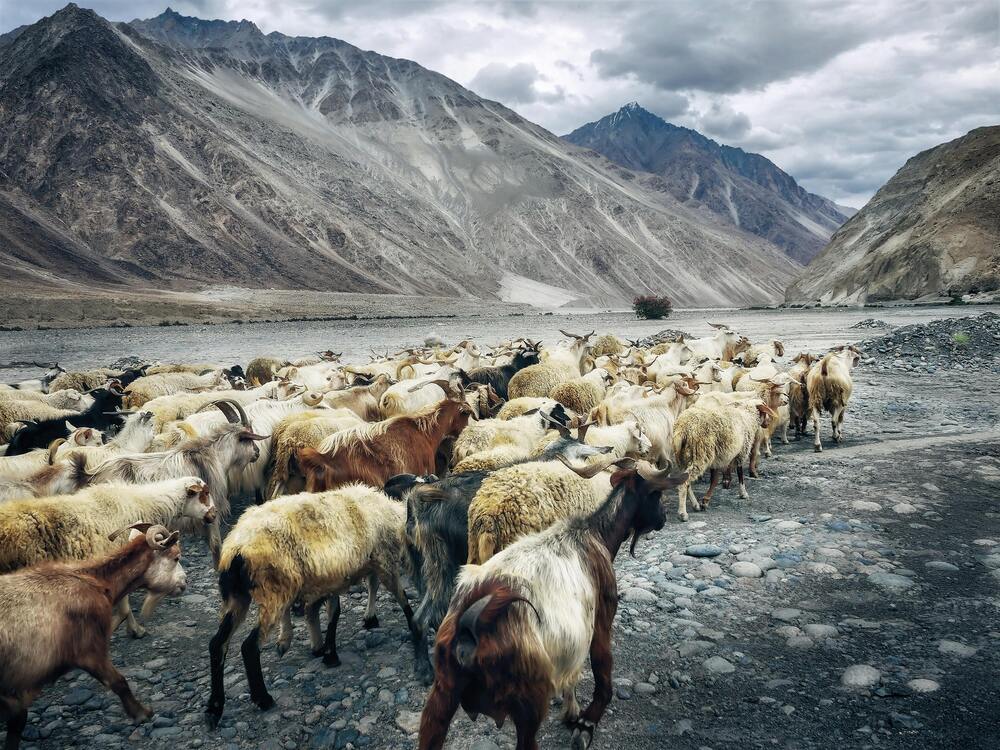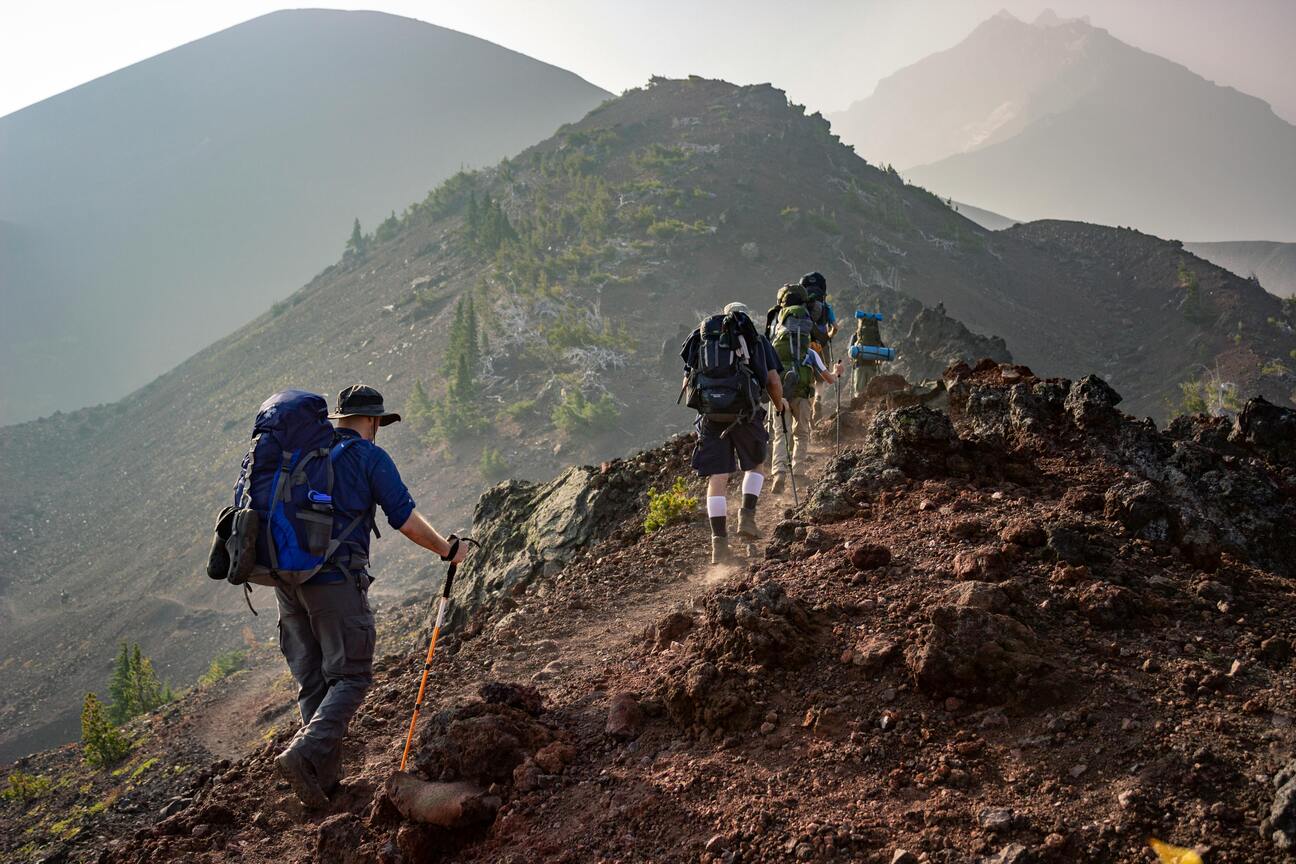Ladakh is not just a high-altitude desert—it’s a place that touches the soul. This post covers what sets Ladakh apart: the silent power of the monasteries, the thrill of high-altitude roads, and the kindness of the locals. We’ll guide readers through Leh, Nubra Valley, Pangong Lake, Tso Moriri, and offbeat areas like Turtuk and Hanle. It also includes safety tips for high altitude, acclimatization advice, cultural etiquette, and eco-friendly travel practices to help you tread gently on this fragile paradise.
📍 Where Earth Touches the Sky
Situated at an average altitude of over 10,000 ft (3,048 m), Ladakh is one of the highest inhabited regions in the world. It’s a land of rugged mountains, barren valleys, and crystal-clear lakes, surrounded by mighty peaks of the Himalayas and Karakoram ranges. The landscapes shift from golden deserts to green oases and then to snow fields—all within a day’s drive.
🧘 Culture Rooted in Peace
Ladakh is a spiritual sanctuary. Influenced by Tibetan Buddhism, the region is home to some of India’s most majestic monasteries prayer flags fluttering in the wind, spinning prayer wheels, and smiling monks add to the serenity that Ladakh exudes.
❤️ Why Visit Ladakh?
Because it challenges you, humbles you, and transforms you.
Ladakh isn’t just about where you go—it’s about who you become by the time you return.




